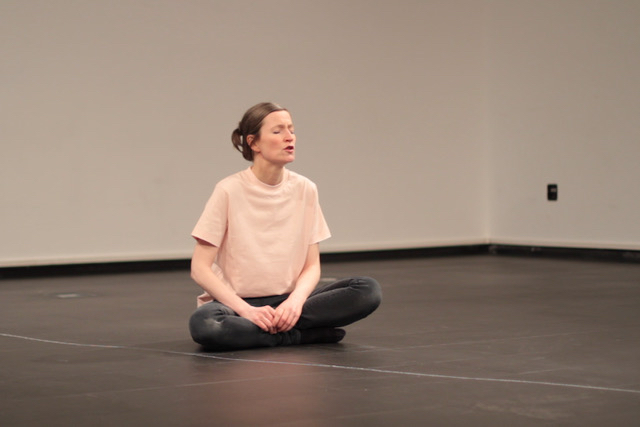Mette Edvardsen is a choreographer and performer and has worked as a dancer since 1994. Her practice investigates how certain mediums, such as video, books and writing relate to performing arts as both practice and situation.
Edvardsen is currently doing a practice based PhD at KHIO. The working title for the PhD is Writings in space and time and deals with the role of language and the form of writing in her work.
I met Edvardsen in the fall of 2021, where her performance Time has fallen asleep in the afternoon sunshine was shown at Sundby Library in Copenhagen, in collaboration with Dansehallerne. Time has fallen asleep in the afternoon sunshine has been shown over the course of many years and in many different places, sometimes with local performers. In the performance a group of people/performers memorize a book of their choice. Together they form a library collection consisting of living books. Each book can be booked by a guest. When I visited Sundby library, I meet the book by Ágota Kristóf entitled The Notebook. The second time I visited I chose The Summer Book by Tove Jansson.
I was very intrigued with how the performance opened up a space where language and books were made into bodies and how memory was negotiated in an expanded choreography which dealt with intimacy.
The idea for this library of living books comes from the science fiction novel Fahrenheit 451. It is a future vision of a society where books are forbidden because they are considered dangerous, because happiness must be obtained through an absence of knowledge and individual thought. The number 451 refers to the temperature at which book paper starts to burn. As books are forbidden in this fictional society, an underground community of people starts to learn books by heart in order to preserve them for the future.
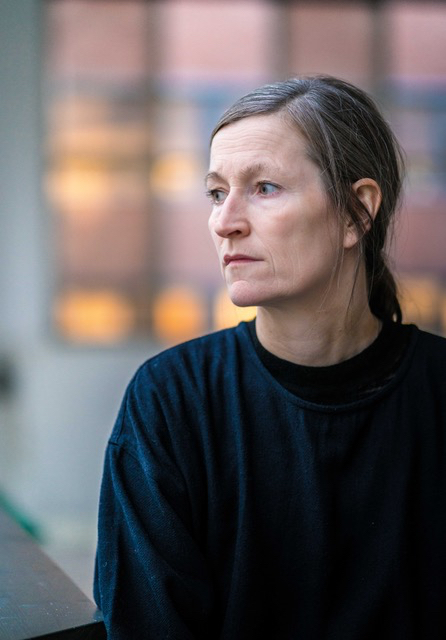
KH:
I want to start by asking you, if you had already thought the very first time you made and showed Time has fallen asleep in the afternoon sunshine that this would be a performance which would be durational over so many years? And in relation to this: what has it meant to work in this manner, has the work changed for you over the 11 years it has now been shown?
ME:
I guess all performances are durational, but in this sense that it is ongoing over a longer period of time, that was not an intention or goal to start with. I had no idea what this project, Time has fallen asleep in the afternoon sunshine, was going to become. First, I am not a longterm planner, I usually work in short time scales and in proximity to my processes. But also as ambition, it would have been hard to imagine this work as something monumental as it’s based in a practice of doing, namely learning by heart.
To begin with it was an experiment. There were no promises or projections made, I first wanted to see what happened and what it meant. We were seven people together for a week in a library in Leuven in Belgium in 2010. We shared the intention of developing learning by heart as a practice, and to ‘become’ books. And we worked together sharing our processes, from choice of books, to experiences of memorization, and later, reading experiences. And this is pretty much how it works still today. As a group we have been growing and we are now more than a hundred ‘living books’/performers that have been part of the project. This is mainly due to languages or locality, that we sometimes need ‘new books’ in a specific language or place, like when you came to read us in Copenhagen.
The work is both the same and has changed. I feel that my role has been to guard and take care of the project, to not let it be instrumentalized or lose its own integrity. And I think that that has also allowed the project to grow and to continue. Other formats have been developed, and new questions arise. I observe changes in choices of books over the years. Our list of references grows. You mentioned already Ray Bradbury’s novel Fahrenheit 451, which was an important source for the project. Later I learned about Russian poet Anna Akhmatova, who experienced this in real life, learning her poems by heart and burning them, in order for her writing to survive censorship. I am still learning a lot from doing this work. In my own experience as a ‘book’ and having this memory practice over all these years, it has for sure changed me. But also as a collective work, there is so much to share, to discover and to do.
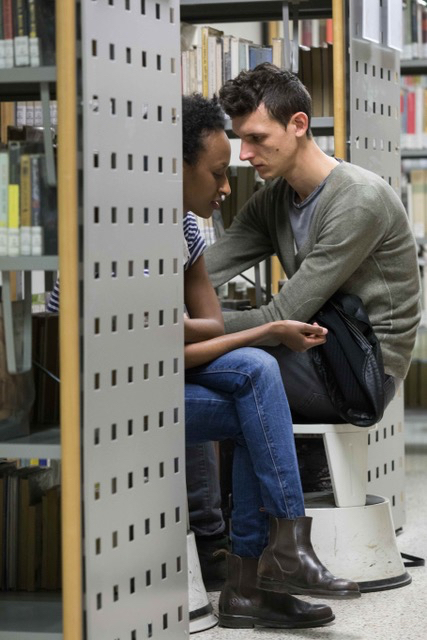
KH:
Your answer makes me think about intimacy on many different levels: the method of working – keeping the work close to you in timespand, working together in a small group, thinking non-hierarchical in the relationship between yourself and a material (here a book).
When I saw the performance in Copenhagen, intimacy was also predominant – the way we were sitting together made me focus on every word; alone in a corner of a library, while the book was telling her story a bit quietly so as to not disturb others.
A friend came with me to also experience the performance and his book was The Lover by Marguerite Duras, which meant that when the book came to get my friend, she introduced herself with:
”Hi, I’m The Lover, I think you booked me?”
The way she said it was neutral and kind, all undertones were removed, which made space for intimacy to happen.
I have been very interested in intimacy in relation to art and especially performance, because intimacy might be one of the arenas which isn’t corrupted by capitalism: you can’t fake intimacy, you can’t order it and it has to be consensual to happen.
In relation to books, I also find reading to be extremely intimate – the fact that in opposition to many other works of art, you can buy it, sit with it, make notes – write yourself into it.
Is intimacy an important notion for you and your work and how did you choreograph a space which allowed for consensual intimacy to be present?
ME:
Yes, intimacy is never a given, and I think you’re right that it’s one of the things that is not (completely) corrupted by capitalism. There can be a desire or an expectation of intimacy, but it cannot be prescribed.
The project was not originally articulated around the intimacy of the experience. The aim was to create a reading experience. What are the spaces of reading, and what does it mean to ‘become a book’? I had worked with the format of the book already in other pieces, but for this project it led me to the one-to-one encounter. Arguably, it is already an intimate format, one performer with one audience at a time, but I was careful to not foreground this aspect, to not make intimacy an imperative for the experience. For some, and I think I could include myself in this kind of hesitation, the one-to-one format can feel a bit demanding of us, make us feel more exposed. The exact opposite of intimate! But as you have shared now from your own reading encounter, it was quite intimate as an experience. Also for us as ‘books’. And even if we do it over and over again, I would still say that it is something that happens between ‘book’ and ‘reader’, something we can only provide the conditions for, but that can only happen in concert. It is something we both, ‘book’ and ‘reader’, open ourself to.
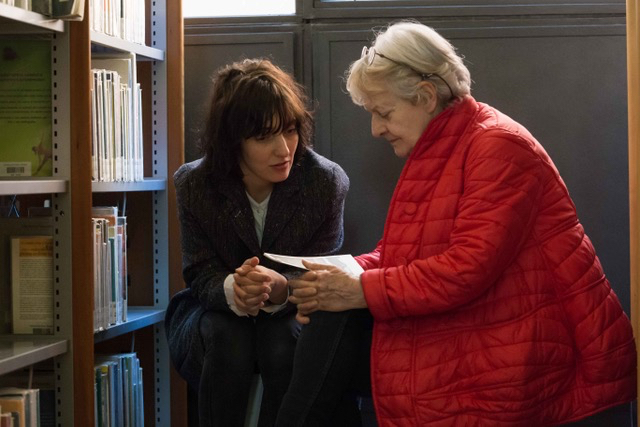
I think of the spaces of reading as soft spaces. The one-to-one readings do not take place in isolation, but life – in the library, for instance – is still happening around. So, quite like when reading a (paper) book, we are in more than one space simultaneously. I found that very interesting to work with, both from a chorographic point of view and as experience. Meaning, how can we provide and work with these ‘spaces’, how do we prepare as ‘books’, and what kind of experience does it produce? When you are reading a ‘book’ in the project, the ‘book’ is also at the same time reading together with you. The Lover by Marguerite Duras presenting herself to your friend at the library in Copenhagen is both ‘being’ the book, as we would say, and reading the book together with your friend at the same time.
KH:
I love the term ‘soft spaces’ – it´s a very good phrasing for intimacy and how that kind of space or thinking can operate. I feel like it points me towards generosity and care.
There is one of the biggest tropes in literature at play in Time has fallen asleep in the afternoon sunshine which is memory. In your essay entitled When time has fallen asleep in the anthology Time has fallen asleep in the afternoon sunshine – A book on readings, writing, memory and forgetting in a library of living books you write on the process and thinking of the above mentioned performance:
“In a world defined by novelty at all times, memory can be seen as a resistance to forgetting and learning by heart as a gesture against efficacy and utility”.
You seem to be very interested in making books, literature and language come alive, and in that sense make the reader/audience become aware of both forgetting as well as remembering, which can be linked to world-building and shaping of identity. I think we are so immersed in language that we can easily lose touch with how to shape it into our own. Books as well as art are one of the first things to come under censorship when dictatorships take hold, to limit free expression and subversive thinking. Are these thoughts present in your practice?
ME:
Although Fahrenheit 451 was one of the starting points of the project, censorship was not a topic I was directly concerned with at that time. I was interested in the questions of memory, to develop learning by heart as a practice, to become ‘books’ and understand what that entails. The first trip we made with the project was to Palestine (in 2011), and we encountered stories of people who had actually been learning books by heart, while in prison during the occupation, to be able to read and share books with others – as a way of survival and passing time. Performing the project in that context, and working with new, local ‘books’ there (in Arabic), added another political dimension to the work. While we continued doing the same, it acquired a new meaning.
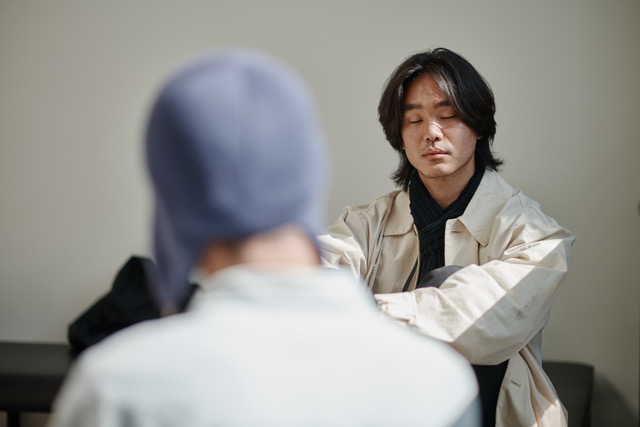
Censorship, as a threat, has felt quite far from the reality I have been living, in Europe and Scandinavia, where concepts of ‘freedom’ are valued highly and guarded as democratic principles of our societies. And although that still may be so, the very concept of ‘freedom’ today – with rampant populism and right wing discourse – needs to be redefined. I am not thinking then about how we understand the concept of freedom on a philosophical level, but rather how we – as individuals and societies – practice freedom concretely, as an active process. Freedom is not absolute. When everybody has the right, but no one has responsibility, freedom can not be sustained.
When doing a project like this over years, of course we change and develop with the work, but the changes of our times also become apparent for us while practicing ‘the same’. This is very interesting. And I find the premise of memory helpful to think from: remembering and forgetting are two inevitable processes of memory – neither fixed nor finished, but ongoing. To ‘be a book’ is not about the mere acquisition of memory (information, content), but a dedication to the processes of doing, again and again. However much or well we have memorized our books, we need to keep doing it, repeating it, otherwise it will disappear again. I think this commitment to the ongoing, to doing, is the heart of the project. It is both its premise and method, and what guarantees its survival through time.
Thank you.
